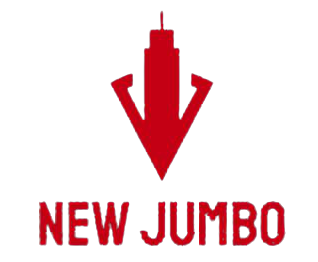CNC (Computer Numerical Control) machining has indeed revolutionized rapid prototyping in manufacturing companies by combining precision, flexibility, and effectiveness. This technology permits engineers and originators to decipher digital designs into physical prototypes with unmatched precision, guaranteeing that each detail of the CAD model is loyally reproduced.
CNC machines exceed expectations in creating prototypes with tight resistances, complex geometries, and complex highlights, making them perfect for different applications from aviation components to restorative gadgets and consumer electronics. The proficiency of CNC machining lies in its capacity to computerize and streamline the generation process, minimizing lead times and fabric squander.
Exploring CNC Machining for Rapid Prototyping
Here’s a detailed exploration of why CNC rapid machining services are perfect for rapid prototyping: CNC technology offers exact replication of advanced plans, encourages complex geometries with tight resistances, and empowers effective generation cycles, making it crucial for rapid emphasis and approval of item plans.
Accuracy and Exactness
CNC machining offers unparalleled accuracy, making it perfect for making models that coordinate correct plan details. Utilizing progressed programs and high-precision devices, CNC machines can accomplish resistances as tight as +/- 0.005mm (+/- 0.0002 inches). This level of precision guarantees that prototypes are dimensionally exact and practically dependable, assembly to the exacting prerequisites of item improvement stages.
Speed and Productivity
One of the essential advantages of CNC machining for rapid prototyping is its capacity to rapidly change computerized plans into physical models. Once the CAD (Computer-Aided Plan) model is modified into the CNC machine, generation can commence quickly. This fast turnaround time is significant for iterative plan forms, permitting engineers and creators to rapidly test and refine concepts.
Material Flexibility
CNC machining supports a wide run of materials, counting metals, plastics, and composites. This flexibility empowers engineers to select materials that closely mimic the properties of the ultimate generation fabric. Whether it’s aluminum for aviation components, stainless steel for medical gadgets, or ABS for buyer items, CNC machining can handle different fabric prerequisites.
Complex Geometry
Unlike conventional manufacturing strategies, CNC machining excels in creating complex geometries with perplexing highlights. With capabilities such as 3-axis, 4-axis, and 5-axis machining, CNC machines can access different points and surfaces in a single setup. This capability is invaluable for making models that precisely reflect the ultimate product’s plan complexity.
Cost-Effective Prototyping
Whereas CNC machining may have higher upfront costs compared to 3D printing for models, it offers cost points of interest in terms of material proficiency and versatility for bigger amounts. CNC machines create parts with negligible material squander and can consistently move to low-volume generation runs, making it a cost-effective choice for both prototyping and beginning generation stages.
Iterative Plan Prepare
Quick prototyping is inalienably iterative, including numerous rounds of testing, input, and design alterations. CNC machining supports this iterative handle by enabling quick adjustments to CAD models and creating overhauled models without critical lead times. This iterative cycle quickens item advancement, diminishes time-to-market, and enhances overall plan quality.
Quality Confirmation
Quality control is integral to CNC machining forms, ensuring that each model meets indicated dimensional exactness and surface finish necessities. CNC machines are prepared with robotized review highlights that confirm portion measurements amid generation. This thorough quality confirmation ensures that models are reliable and solid, assembly exacting industry measures.
Versatility to Generation
Past prototyping, CNC machining consistently scales to full-scale generation. The same CNC programs utilized for prototyping can be connected to create bigger amounts of parts with indistinguishable details. This adaptability disposes of the requirement for tooling changes or process alterations, streamlining the move from model approval to mass generation.
Conclusion
In conclusion, CNC machining stands out as the favored strategy for rapid prototyping due to its unmatched exactness, speed, fabric flexibility, and adaptability. By leveraging CNC innovation, producers can accelerate item improvement cycles, minimize plan dangers, and convey high-quality models that clear the way for fruitful item dispatches in competitive markets.










